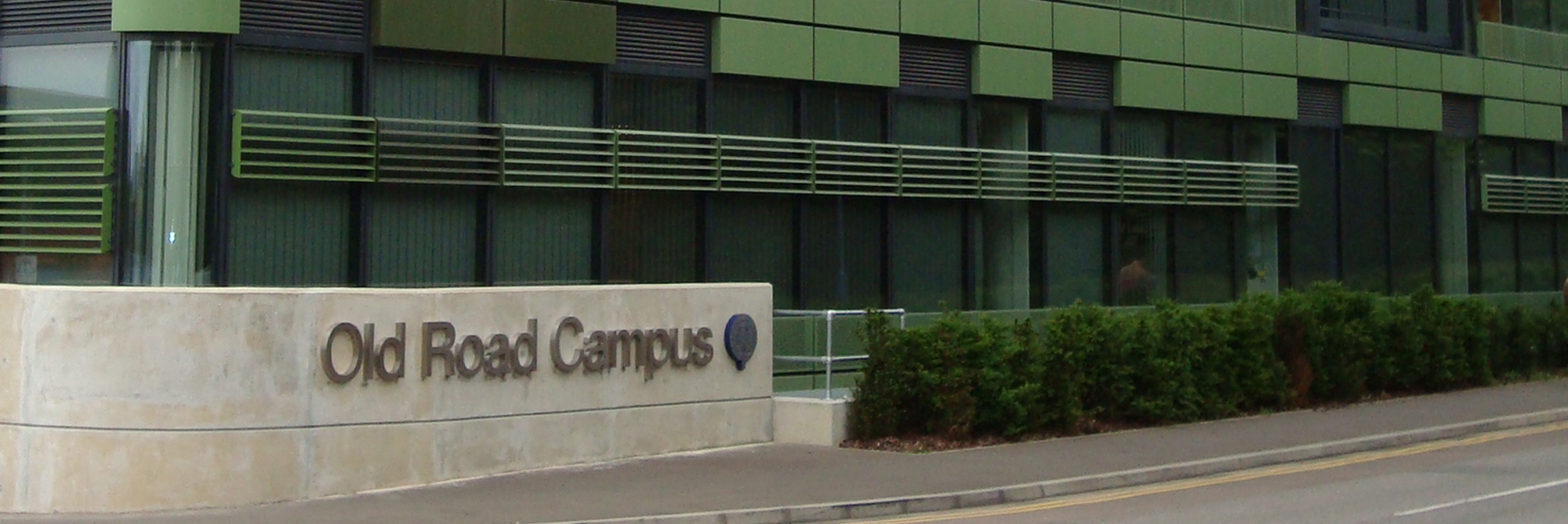Aspiration in Pregnancy
Key points
- Pulmonary aspiration is the commonest cause of death in association with complications of airway management.
- Pregnant women are at increased risk of aspiration due to a number of factors including delayed gastric emptying.
- Recent policies now recommend a light diet in established labour. It is not clear whether the change to policy on oral intake will impact on the frequency of maternal aspiration.
- The aims of this study are to estimate the incidence of the condition in the UK, describe any associated factors and investigate the outcomes for mothers and infants, in order to further inform current guidance. Adrenal tumours secrete excessive hormones which adversely affect maternal and fetal health.
Surveillance Period
1st September 2013 – 31st August 2016
Background
Pulmonary aspiration is defined as the inhalation of foreign material below the level of the vocal cords and into the lower respiratory tract[1][2]. A recent national audit conducted by the Royal College of Anaesthetists (NAP4) identified aspiration as the commonest cause of death in association with complications of airway management[3]. The factors increasing the risk of aspiration associated with pregnancy include the gravid uterus, progesterone-mediated lower oesophageal sphincter relaxation, lower gastric pH and delayed gastric empting during labour[4]. It has therefore been common practice for maternity units to restrict fluid and oral intake during active labour to reduce the risk of aspiration should the need for an unplanned general anaesthetic occur[5][6]. However, recent National Institute for Health and Clinical Excellence (NICE) guidelines have changed and now recommend that 'women may eat a light diet in established labour unless they have received opioids or they develop risk factors that make general anaesthetic more likely'[7]. It is not clear whether the change to policy on oral intake will impact on the frequency of maternal aspiration. In addition to a potential increased risk in association with changes in oral intake policy, other known risk factors for aspiration, for example obesity, are becoming more common in the pregnant population. There are thus concerns that maternal aspiration, and the consequent risk of severe maternal morbidity and mortality may become an increasing problem in the UK. Balanced against this is the increasing use of airway devices, for example second generation supraglottic airway devices, which may protect more effectively against aspiration in the emergency situation than classic devices[3].
In addition, there are few guidelines on the appropriate pharmacological or surgical management of these tumours. Therefore, this study will examine the effects of the drugs used to treat these in relation to maternal or fetal and neonatal complications and whether the timing of the surgery to remove the tumours is important. This will allow for development of guidelines on the management of adrenal tumours in pregnancy with the ultimate aim of improving maternal and infant outcomes.
Objectives
To use the UK Obstetric Surveillance System (UKOSS) to describe the epidemiology, risk factors and outcomes of maternal pulmonary aspiration in pregnancy in the UK.
Research questions
- What is the incidence of maternal pulmonary aspiration in pregnancy in the UK?
- What are the characteristics of pregnant women with pulmonary aspiration?
- How is maternal pulmonary aspiration in pregnancy managed in the UK?
- What are the maternal, fetal and neonatal outcomes following pulmonary aspiration in pregnancy?
- What are the prognostic indicators associated with pulmonary aspiration in pregnancy?
Case definition
Any woman with a final diagnosis of pulmonary aspiration during pregnancy or delivery up to postpartum discharge from hospital.
Maternal pulmonary aspiration includes women with the following features:
- Women who have had an unprotected airway while unconscious, semi-conscious or paralysed
AND - A clinical history consistent with regurgitation of stomach contents and pulmonary aspiration (e.g. vomiting after induction of anaesthesia or gastric contents seen in the oropharynx)
AND - Symptoms/signs of respiratory compromise requiring supplementary oxygen and antibiotics or level 2 or level 3 (HDU or ITU) respiratory support, in the absence of any other clear cause
Classical radiological findings may or may not be present.
Funding
This study is funded as part of the programme of work of the Policy Research Unit in Maternal Health and Care, NPEU.
Ethics committee approval
The existing UKOSS programme has been approved by the North London REC1 (ref. 10/HO717/20) and a substantive amendment was approved on 30/04/2012 to include Pulmonary Aspiration in Pregnancy.
Investigators
Marian Knight, Vikash Mistry, Jenny Kurinczuk, NPEU; David Bogod, Nottingham City Hospital; Audrey Quinn, Leeds General Infirmary; Kim Hinshaw, Sunderland Royal Hospital; Nuala Lucas, Northwick Park Hospital.
Download the Data Collection Form (DCF)
UKOSS Aspiration in Pregnancy Form
References
- ^ Clayton, T. and R. Prout, Critical incidents: pulmonary aspiration. Anaesthesia and Intensive Care Medicine, 2004. 5(9): p. 297-298.
- ^ Lykens, M.G. and D.L. Bowton, Aspiration and acute lung injury. International Journal of Obstetric Anaesthesia, 1993. 2:p. 236-240.
- a, b Cook, T., et al., 4th National Audit Project of the Royal College of Anesthetists and The Difficult Airway Society: Major complications of airway management in the United Kingdom. The Royal College of Anaesthetists and The Difficult Airway Society, 2011.
- ^ Pinder A., Complications of obstetric anaesthesia. Current Anaesthesia and Critical Care, 2006.17:p. 151-162.
- ^ National Collaborating Centre for Women's and children's Health: Caesarean section. NICE Clinical Guideline. London: RCOG Press, 2011. 2nd edition: p.116.
- ^ Singata, M., J. Tranmer, and G.M.L. Gyte, Restricting oral fluid and food intake during labour. Cochrane Database of Systematic Reviews, 2010 (1).
- ^ National Collaborating Centre for Women's and Children's Health: Intrapartum care: care of healthy women and their babies during childbirth. NICE Clinical Guideline. London: RCOG Press, 2007: p.83-86.


